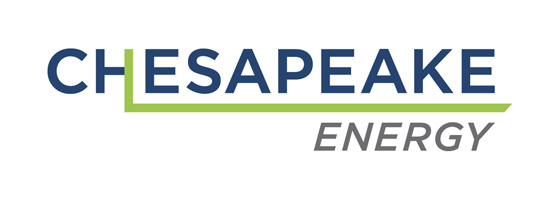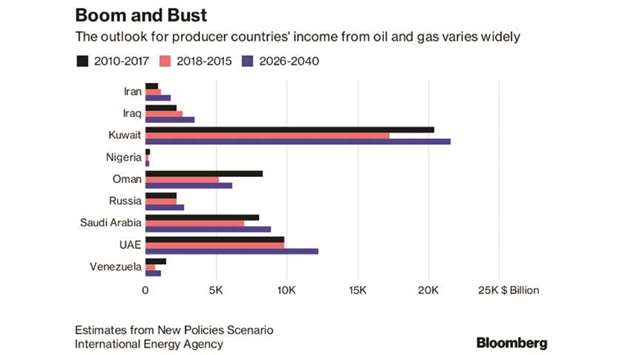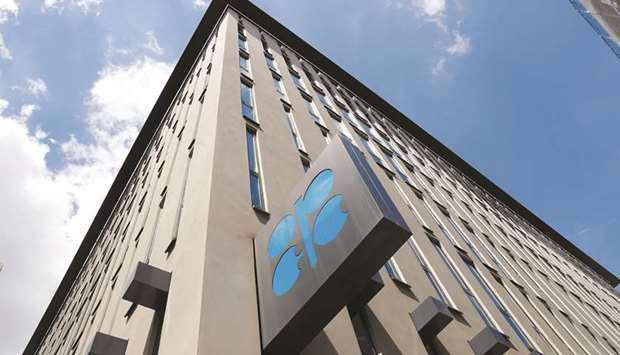SINGAPORE (Reuters) – High oil prices are hurting consumers and could also have adverse implications for producers, the executive director of the International Energy Agency (IEA) said on Tuesday.
Major emerging Asian economies such as India and Indonesia have been hit hard this year by rising crude oil prices, which despite declining this month are still up by about 15 percent since the start of 2018.
Fuel import costs have been pushed up further by a slide in emerging market currencies against the dollar, denting growth and even triggering protests and government fuel price controls in India.
“Many countries’ current account deficits have been affected by high oil prices,” IEA chief Fatih Birol said at an energy conference in Singapore.
“There are two downward pressures on global oil demand growth. One is high oil prices, and in many countries they’re directly related to consumer prices. The second one is global economic growth momentum slowing down.”
The effect of high oil prices will be compounded in Southeast Asia as demand is rising fast but production is falling, resulting in the region becoming a net importer of oil, gas and coal, Birol said.
Despite the possibility of a slowdown, Birol said the general outlook for fuel consumption was for continued growth.
While the rise of electric vehicles is expected to result in peak demand for products like diesel and gasoline within coming years, a consumption boom in products such as plastic as well as fuel demand growth from aviation have triggered large-scale refinery investment into petrochemical products and high quality products like jet fuel.
“Global oil demand will continue to grow even amid the rise of electric vehicles as they are governed by petrochemicals, aviation, among others,” he said.
BHP Billiton, the world’s biggest miner, which has oil and gas assets but also hopes to benefit from the demand for raw materials coming from batteries for electric vehicles (EV), also said oil demand would still grow despite the rise of EVs.
BHP’s Chief Commercial Officer, Arnoud Balhuizen, said on Tuesday during a conference in Melbourne that oil demand will increase by 1 percent a year on average over the next 10 to 15 years.
“There will be substitution coming… on the back of an increased pickup of electric vehicles. But even if we plug in the most ambitious electric vehicle trends… in our forecasting, we continue to see oil demand on the back of other sectors,” he said.
To meet the 1 percent per year consumption growth, Balhuizen said “quite a bit of new capital needs to be allocated to the oil industry in the next five to ten years to be able to meet that demand.”
More so than oil, Birol said demand for liquefied natural gas (LNG) would boom.
He said that global LNG trade could pass 500 billion cubic meters per day (bcm) by 2023, growing by a third in the coming five years.
BHP’s Balhuizen echoed this in Melbourne, saying “LNG is a commodity with very strong demand outlook.”
Birol said just three countries, Qatar, Australia and the United States, would supply 60 percent of global LNG by 2023.
LNG demand is primarily driven by growth in China, where an anti-pollution program is driving a massive shift from coal to natural gas.
Manufacturing PMI: Japan rebounds, but trade hits China while UK slumps
But demand is also expected to grow fast in Southeast Asia, where Birol said the power sector needed $50 billion of investment by 2040, more than twice the current level, to keep up with consumption.
Despite this growth potential, the LNG sector faces increasing competition from renewables and storage technology, which are cleaner than fossil fuels and becoming much cheaper.
In many countries, Birol said solar power was on track to become the cheapest source of new electricity.









